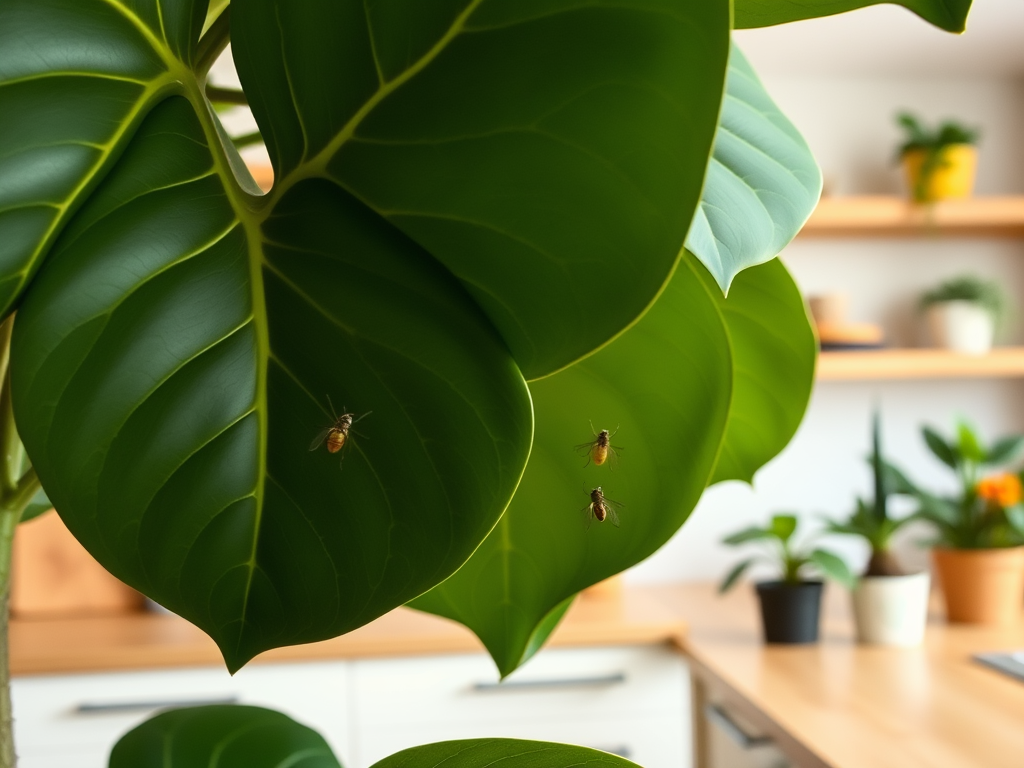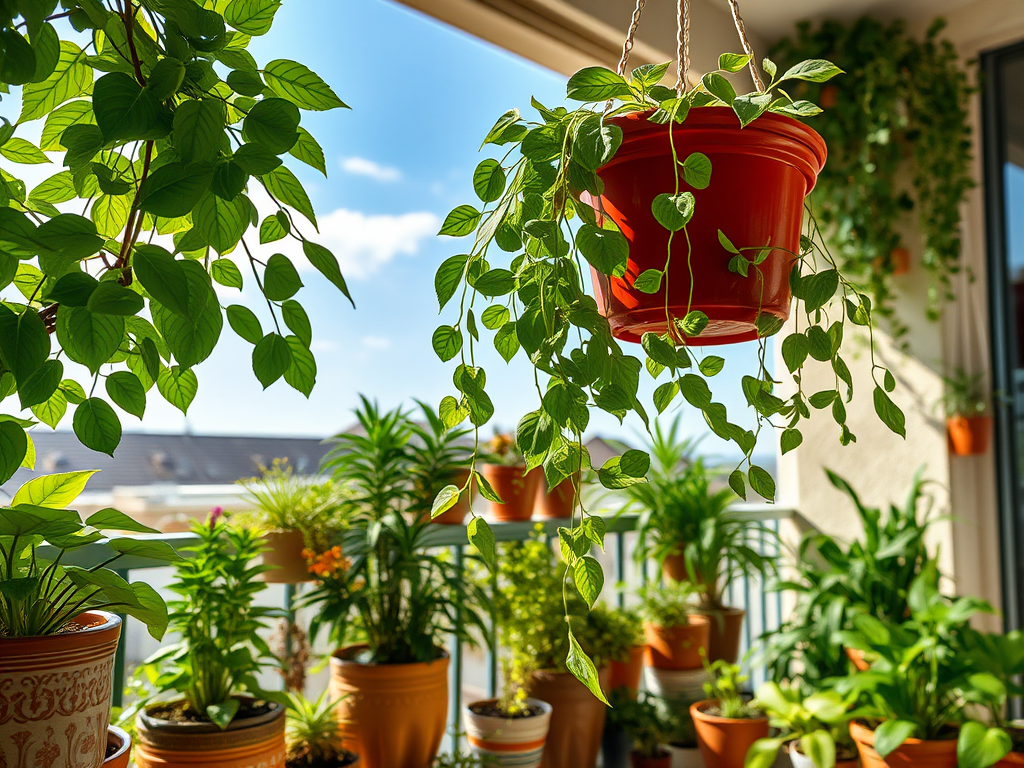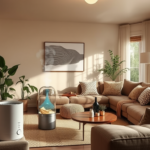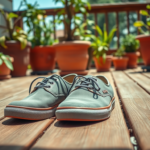Indoor plants are more than just decorative elements in our homes; they add vibrancy and life to any space. However, not all plants bring joy—some can attract unwelcome guests like gnats. These tiny insects can thrive in the moisture-rich environments that our beloved houseplants provide. Understanding which plants are more prone to gnat infestations helps indoor gardeners take proactive steps. The right techniques can keep your plants flourishing without the constant annoyance of these pests. Join us as we delve into the specific indoor plants that attract gnats while also exploring effective management strategies.
Common Indoor Plants That Attract Gnats

Certain indoor plants have a tendency to draw gnats, primarily due to their love for moist soil. If you’re nurturing plants that prefer a humid atmosphere, you might need to be extra vigilant. These moisture-loving species can provide the perfect breeding grounds for gnats if not managed carefully. Below are some key contributors to gnat problems in indoor settings:
- Overwatered houseplants
- Potting soil rich in organic matter
- High humidity environments
Understanding specific plant types can help indoor gardeners avoid potential gnat issues. Here are some common houseplants susceptible to gnat infestations:
- Fiddle Leaf Fig (Ficus lyrata): This popular plant is admired for its dramatic foliage but can attract gnats if overwatered.
- Peace Lily (Spathiphyllum): Preferring humid conditions, peace lilies can inadvertently become hot spots for gnats.
- Pothos (Epipremnum aureum): This low-maintenance plant is popular for its lush growth, which can retain too much moisture, making it a gnat target.
How Gnats Become a Problem

Gnats are often drawn to indoor plants due to a single primary factor: excessive moisture. This moisture allows their eggs to thrive and hatch in the soil. The larvae can quickly multiply, turning your tranquil indoor garden into a troublesome scene of tiny, buzzing pests. It’s key to understand the lifecycle of gnats, which can escalate quickly if left unchecked. Their lifecycle begins with eggs laid in moist soil, leading to rapid population growth.
| Stage | Description | Duration |
|---|---|---|
| Egg | Small white eggs laid in damp soil. | 3-7 days |
| Larvae | White, worm-like creatures that feed on organic matter in the soil. | 5-14 days |
| Pupae | Transition stage before becoming adult gnats. | 3-5 days |
| Adult | Small flying insects that can reproduce quickly. | 2-4 weeks |
Managing Gnat Populations
Fortunately, there are multiple strategies to effectively prevent and manage gnat infestations in your indoor plants. Addressing both moisture levels and soil conditions is essential. By making a few small changes to your care routine, you can create an environment that is less welcoming to gnats. Here are some proactive management techniques:
- Adjust Watering Habits: Limit watering to only when necessary, allowing the soil to dry out between waterings.
- Soil Management Techniques: Replace old potting soil with fresh, well-draining soil to prevent moisture retention.
- Top Dressing: Apply a layer of dry sand or gravel on the soil surface to deter gnats from laying eggs.
If gnats persist despite your best efforts, there are natural solutions you can implement to help control their population:
- Homemade Traps: Create effective traps using apple cider vinegar mixed with dish soap, which can attract and capture adult gnats.
- Beneficial Insects: Introducing predatory nematodes, microscopic worms that target gnat larvae in the soil, can significantly help manage the situation.
Conclusion
Gnats can be a frustrating challenge for any indoor gardener, but by understanding the types of plants that attract them and implementing effective management strategies, you can enjoy a thriving indoor environment. Monitoring your watering habits and utilizing natural remedies are optimal ways to curb these pests. With the right precautions and care, your plants can flourish without the constant distraction of buzzing gnats. Taking the time to learn about these plants and the particular needs they have will ultimately lead to a harmonious indoor garden.
Frequently Asked Questions
- What types of indoor plants attract gnats the most?
- Fiddle Leaf Figs
- Peace Lilies
- Pothos
- How can I tell if my plant has a gnat problem?
- Observe small flying insects around the plant.
- Check the surface of the soil for tiny larvae or adults.
- What should I do if I find gnats in my indoor plants?
- Assess your watering practices and reduce moisture.
- Change the soil and consider using natural traps.
- Are gnats harmful to my plants?
- While they do not directly harm the plant, their larvae can damage roots and stunt growth.
- Can I use chemical pesticides for gnats in my indoor plants?
- While it’s possible, natural remedies and prevention methods are typically safer for indoor environments.


